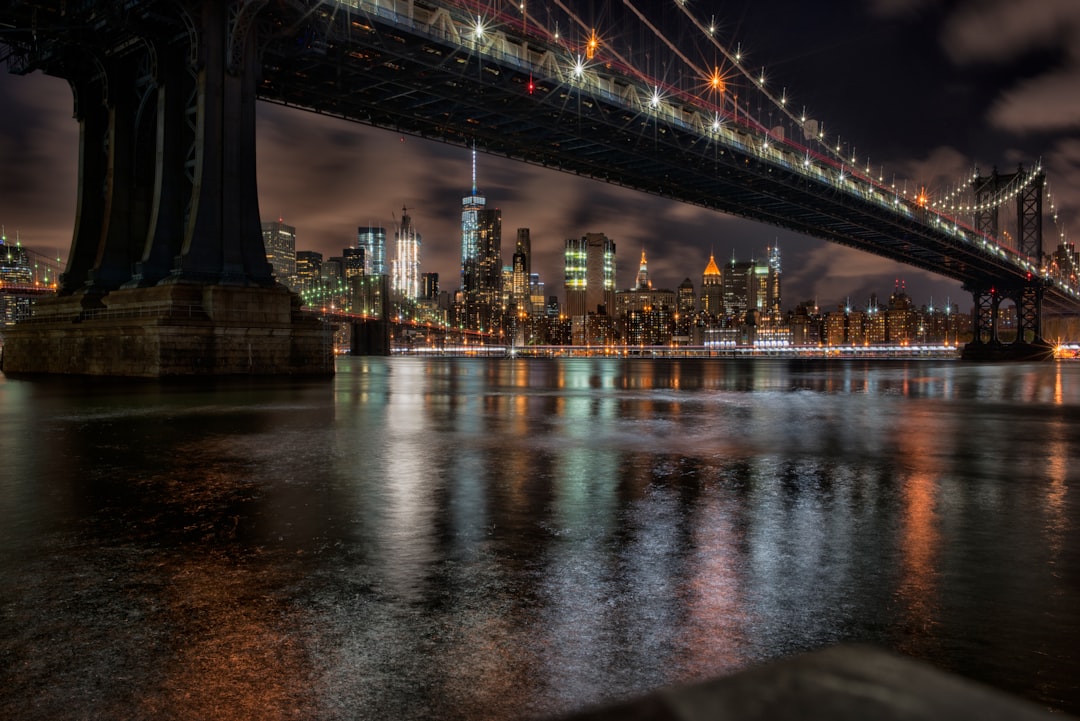Water is one of the most precious resources for gardeners, but in urban environments—where space is limited and water costs can be high—efficient water use is essential. Whether you’re growing vegetables on a balcony, tending to a rooftop garden, or participating in a community plot, using water-saving techniques can help you maintain a thriving garden while reducing waste and lowering your environmental impact.
Let’s explore some of the best water conservation methods for urban gardening, from rainwater harvesting to efficient irrigation and drought-resistant planting.
Why Water Conservation Matters in Urban Gardens 🌍💦
Urban gardeners face unique challenges when it comes to water use:
✔️ Limited access to natural water sources (e.g., no backyard wells or ponds).
✔️ High water bills for those relying on municipal water.
✔️ Droughts and water restrictions in many cities.
✔️ Fast-drying containers and raised beds that need frequent watering.
By using smart water-saving techniques, urban gardeners can grow more with less water, making their gardens more resilient and sustainable.
Top Water Conservation Techniques for Urban Gardens 🚰🌿
1. Rainwater Harvesting: Collecting & Storing Free Water 🌧️💧
Even in the city, you can capture and use rainwater to irrigate your plants.
How to Harvest Rainwater in Small Spaces:
✔️ Rain Barrels: Install a barrel under a downspout to collect roof runoff. A simple screen filter prevents debris from entering.
✔️ Small Containers: Buckets, bins, or large pots can collect rainwater from balconies or windowsills.
✔️ Rain Chains: Decorative chains that guide water from rooftops into containers.
✔️ DIY Mini Gutter Systems: Attach small gutters to balcony railings or sheds to direct rain into collection bins.
💡 Pro Tip: Use rainwater within a few weeks to prevent mosquito breeding. You can also add a mosquito dunk (BTI) to keep the water safe.
2. Drip Irrigation: Direct Watering with Less Waste 💦🎯
Drip irrigation delivers water slowly and directly to plant roots, reducing runoff and evaporation.
Drip Irrigation Options for Small Spaces:
✔️ Self-Watering Containers: Built-in reservoirs keep soil consistently moist.
✔️ DIY Drip System: Use recycled bottles with tiny holes to drip water at the base of plants.
✔️ Soaker Hoses: Porous hoses slowly release water into raised beds.
✔️ Gravity-Fed Drip Kits: Perfect for balconies and rooftops, these use a small reservoir to drip water into planters.
💡 Pro Tip: Place drip lines or soaker hoses under mulch to reduce evaporation and improve water absorption.
3. Mulching: Locking in Moisture & Preventing Evaporation 🍂🌿
Mulching is one of the simplest and most effective ways to retain soil moisture.
Best Mulch Materials for Urban Gardens:
✔️ Organic mulch: Straw, shredded leaves, or compost.
✔️ Coconut coir: Holds water well and is lightweight for balconies.
✔️ Wood chips or bark: Ideal for raised beds and community gardens.
✔️ Stone or gravel: Great for succulents and drought-tolerant plants.
💡 Pro Tip: Apply 1-3 inches of mulch around plants to reduce water loss and prevent weeds.
4. Watering Smart: Timing & Techniques ⏳🌅
Knowing when and how to water makes a big difference in water efficiency.
✔️ Water early in the morning (before 10 AM) to reduce evaporation.
✔️ Avoid watering in the afternoon when the sun is strongest.
✔️ Use a watering can instead of a hose to control water use.
✔️ Water at the base of plants (not leaves) to prevent evaporation and disease.
✔️ Group plants by water needs (thirsty plants together, drought-tolerant ones separately).
💡 Pro Tip: Stick your finger into the soil—if the top inch is dry, it’s time to water!
5. Choosing Drought-Tolerant & Water-Efficient Plants 🌵🥦
Some plants naturally require less water, making them perfect for urban gardeners looking to conserve.
Best Drought-Tolerant Vegetables & Herbs:
✔️ Leafy Greens: Kale, Swiss chard, mustard greens.
✔️ Herbs: Rosemary, thyme, oregano, sage, lavender.
✔️ Root Vegetables: Carrots, beets, radishes, turnips.
✔️ Drought-Resistant Veggies: Tomatoes, peppers, eggplants.
Best Drought-Tolerant Flowers for Urban Gardens:
✔️ Marigolds 🌼
✔️ Zinnias 🌸
✔️ Sedum (Stonecrop) 🌱
✔️ Echinacea (Coneflower) 🌿
💡 Pro Tip: Deep watering (watering deeply but less frequently) encourages strong root growth and makes plants more drought-resistant.
6. Reusing Household Water (Gray Water) 🚿♻️
Even in a small apartment, you can reuse water for gardening:
✔️ Collect water from washing vegetables and use it on plants.
✔️ Use leftover drinking water instead of pouring it down the drain.
✔️ Place a bucket in the shower to collect water while it heats up.
💡 Pro Tip: Avoid using water with soaps, chemicals, or oils unless it’s filtered gray water designed for irrigation.
7. Self-Watering Planters & Hydroponics 🌊🪴
For those who travel or forget to water, self-watering systems and hydroponics help save water.
✔️ Self-Watering Pots: Store water in a built-in reservoir, allowing plants to absorb moisture as needed.
✔️ Hydroponic Systems: Use 90% less water than soil-based gardening, making them perfect for urban settings.
💡 Pro Tip: Self-watering planters are great for balconies and rooftops since they prevent water runoff.
Bringing It All Together: A Water-Smart Urban Garden 🌆🌱
By combining these water-saving techniques, you can create a thriving urban garden with minimal water use.
🌿 Key Takeaways:
✅ Harvest rainwater in barrels or containers.
✅ Use drip irrigation or self-watering systems.
✅ Mulch your soil to retain moisture.
✅ Water in the morning and at the base of plants.
✅ Choose drought-tolerant plants and deep-water wisely.
✅ Reuse household water whenever possible.
Even in the densest urban areas, a water-efficient garden is possible! By making smart choices, we can grow fresh food, flowers, and greenery without wasting precious water resources.
💬 How do you save water in your urban garden? Share your tips in the comments below! 👇💦

Comments
No comments yet. Be the first to comment!
You must be logged in to comment. Login